The world of cryptocurrency continues to evolve at a rapid pace, and as we move closer to 2025, there is growing speculation about which digital assets will gain significant traction. Cryptocurrencies have come a long way since the inception of Bitcoin in 2009. What was once considered a niche market for tech enthusiasts and early adopters has now evolved into a global financial ecosystem with countless cryptocurrencies aiming to solve various problems, from decentralized finance (DeFi) to supply chain tracking, gaming, and much more.
As the blockchain space expands, the question on everyone’s mind is: which cryptocurrencies will outperform others and have the potential to see explosive growth in 2025? Predicting the future of the market is never an easy task, as the space is volatile, influenced by factors such as regulation, adoption, and technological advancements. However, by evaluating the trends, projects, and community support, we can start to paint a picture of the potential candidates for 2025.
The key to identifying explosive cryptocurrencies lies in understanding the projects behind them. Are they solving real-world problems? Do they have a robust and active development team? What is their user adoption rate, and how well are they positioned within the broader market? By answering these questions, we can gain insight into which cryptocurrencies might have the most significant potential in the coming years.
In 2025, we can expect blockchain technology to be integrated into more industries, from finance and gaming to supply chain management and healthcare. Cryptocurrencies that have real utility, robust ecosystems, and strong community support are the ones that will most likely rise to the top. One such project is EarthMeta, which aims to merge blockchain technology with the Metaverse, creating a decentralized digital world. EarthMeta’s potential lies in its vision to integrate AR and blockchain, offering users a space for both economic and social interactions.
However, EarthMeta is far from the only cryptocurrency to look out for. Other projects like Osmosis (OSMO), Ankr (ANKR), WEMIX (WEMIX), Memecoin (MEME), Celo (CELO), ZetaChain (ZETA), IoTeX (IOTX), and Siacoin (SC) are also gaining traction and may be pivotal players in the blockchain ecosystem by 2025.
Review of the Next Crypto Big Crypto that will Explode in 2025 – Full List:
- EarthMeta (EMT)
EarthMeta is a groundbreaking project aiming to elevate the Metaverse by combining blockchain technology with augmented reality (AR) to create a truly decentralized virtual environment. Users in EarthMeta can seamlessly own, buy, and sell virtual properties while engaging with realistic, immersive environments. By leveraging blockchain, the platform ensures transparency, security, and efficiency, giving users full control over their digital assets. This innovative approach highlights EarthMeta’s commitment to bridging the gap between virtual and physical worlds, making it a unique player in the growing Metaverse market.
One of the defining aspects of EarthMeta is its $EMT token, which forms the backbone of the ecosystem. Serving as a utility token, EMT facilitates transactions, enables governance, and fosters active user engagement. Available on XT, Uniswap, and BitMart exchanges, EMT ensures liquidity and accessibility for all users. With features such as farming, staking, and DAO-based governance, token holders actively shape the platform’s development and future. As EarthMeta introduces advanced features, including AR integrations and city-centric liquidity pools, the utility and value of EMT are poised to grow significantly.
The platform’s approach to the Metaverse goes beyond simple virtual real estate transactions. It integrates non-fungible tokens (NFTs) and decentralized finance (DeFi) functionalities, creating a versatile ecosystem for users to explore. EarthMeta empowers users to build, govern, and contribute to virtual cities through its decentralized structure, fostering community-driven initiatives. These features are designed to attract a global audience, ensuring an inclusive experience for brands, creators, businesses, and individual participants.
EarthMeta also emphasizes sustainable growth through its transparent tokenomics and incentivization mechanisms. By rewarding users who actively engage with the platform, EarthMeta ensures a vibrant ecosystem. The presale stages of EMT tokens, combined with staking opportunities and rewards, encourage early adoption and long-term investment. With its focus on governance, collaborative engagement, and continuous development, EarthMeta has the potential to redefine how users interact in the Metaverse.
Looking ahead, EarthMeta is set to achieve significant milestones, including platform launches and additional exchange listings in 2024 and beyond. These developments will likely increase EMT’s adoption and value, further solidifying its role as a leading Metaverse token. With a clear vision and robust roadmap, EarthMeta is positioned to become a pioneering platform in the rapidly expanding Metaverse market. Its focus on AR, blockchain, and user empowerment makes it a promising project with immense potential.
- Osmosis (OSMO)
Osmosis is a decentralized exchange (DEX) built on the Cosmos blockchain, providing an ecosystem for liquidity providers to earn rewards and traders to access cross-chain services. The project focuses on interoperability—allowing various blockchains to communicate and exchange value. Osmosis offers an innovative approach to decentralized finance, giving users the ability to swap tokens with low fees and high efficiency. The Cosmos ecosystem, on which Osmosis is built, is growing rapidly and gaining traction due to its scalability and interoperability. As the DeFi space continues to evolve, Osmosis could play a crucial role by helping to bridge the gap between different blockchains.
- Ankr (ANKR)
Ankr is a decentralized blockchain infrastructure provider that offers a suite of tools and services aimed at enhancing the growth of the crypto economy. With an extensive network of nodes distributed globally across over 50 Proof-of-Stake networks, Ankr enables a wide range of decentralized applications (dApps) and blockchain systems to function seamlessly. The company provides an array of solutions for Web3 users, including Ankr Build, which offers comprehensive blockchain developer tools such as decentralized multi-chain networks of public RPC nodes for accessing blockchain data and executing code. Another key feature is Ankr Earn, which facilitates staking and liquid staking, making it easy for crypto investors to earn yield. By offering scalable and decentralized staking infrastructure, Ankr seeks to address the capital inefficiency often faced by Proof-of-Stake networks and similar consensus mechanisms.
Founded in 2017 by Chandler Song and Ryan Fang, Ankr emerged shortly after they graduated from the University of California, Berkeley. Both were early participants in the Blockchain at Berkeley program, and their expertise, combined with Chandler’s experience as an engineer at Amazon Web Services, helped lay the foundation for Ankr’s infrastructure. Together with Stanley Wu, the third co-founder, they set out to create the most decentralized and scalable Web3 infrastructure possible. The company’s mission has always been to provide a decentralized solution for blockchain development and operation, contrasting traditional centralized platforms like AWS Blockchain with more efficient, accessible options for users and developers.
The ANKR token is the native utility token that powers Ankr’s ecosystem. It is required for transactions, payments for Ankr’s services, and platform governance. The ANKR token functions as an ERC-20, BEP-2, and BEP-20 token and is supported by multiple networks including Polygon, Avalanche, and Fantom. The token plays a central role in enabling institutional and independent node providers to monetize their node capacity. This approach disrupts traditional blockchain API providers by offering a pay-as-you-go model, eliminating the need for oversubscription and making services more efficient and cost-effective for users.
- WEMIX (WEMIX)
WEMIX3.0 mainnet is a high-performance decentralized blockchain protocol that serves as the foundation for the WEMIX mega-ecosystem. It is designed to be experience-based, platform-driven, and service-oriented, enabling a seamless and efficient environment for Web 3.0 platforms. Powered by the SPoA (Stake-based Proof of Authority) consensus mechanism, WEMIX3.0 is compatible with the Ethereum Virtual Machine (EVM), which enhances its flexibility and compatibility with a variety of decentralized applications (dApps). The protocol emphasizes security, which is achieved through decentralized on-chain governance via 40 Node Council Partners (NCPs), referred to as 40 WONDERS. The network’s transaction speeds are highly optimized, ensuring scalability while maintaining security, and the governance model will progressively evolve towards full decentralization.
The WEMIX token, the native coin of the WEMIX ecosystem, acts as the primary medium for exchange and as a payment method for transaction fees within the platform. With the implementation of the Brioche hard fork, WEMIX’s tokenomics have undergone significant changes to enhance sustainability and ensure long-term value preservation. The total supply of WEMIX was capped at 590 million, which helps maintain the token’s stability. Furthermore, the block minting halving mechanism introduced by the Brioche hard fork gradually reduces the minting rate of WEMIX per block, leading to a steady decrease in the overall supply of WEMIX over time. This systematic reduction fosters a more stable and advanced token economy, and the Permanent Minting Reward (PMR) ensures that the token issuance decreases in two-year cycles.
Founded in 2018 by WEMADE TREE (now WEMIX PTE. LTD.), a subsidiary of WEMADE, WEMIX set out with the goal of creating a blockchain platform for gaming, connecting the in-game and real-world economy through tokenomics. The platform gained significant traction in August 2021 with the launch of its flagship title, MIR4, which became a monumental success within four months, amassing over 1.4 million concurrent users and 20 million registered users worldwide. This success solidified WEMIX’s position at the forefront of the Play-to-Earn (P2E) market. On October 20, 2022, WEMIX launched WEMIX3.0, its independent blockchain network, further strengthening its mega-ecosystem and solidifying WEMIX Coin as a pivotal currency within the blockchain industry.
- Celo (CELO)
Celo is a carbon-negative, permissionless blockchain designed to foster a more inclusive financial system through the use of innovative Web3 decentralized applications (dApps). Accessible to anyone with a mobile phone, the Celo ecosystem is built on a decentralized proof-of-stake blockchain technology stack, which includes the CELO governance asset and several Mento stable assets like cUSD, cEUR, and cREAL. These stable assets allow for easy use of digital assets in real-world applications. The open-source Celo mainnet launched on Earth Day 2020, and since then, the platform has garnered support from large validators like Google Cloud, Deutsche Telekom, and Telefonica, as well as 1,000+ projects across more than 150 countries. The Celo platform helps create prosperity for all, furthering global financial inclusion and enhancing community commerce.
Celo was co-founded in 2017 by Rene Reinsberg, who is now the President of the Celo Foundation, Marek Olszewski, the current Chief Technology Officer at cLabs, and Sep Kamvar, a computer scientist, artist, and former professor at MIT Media Lab. The founding team has a rich background in technology and social impact, leading to the creation of Celo as a blockchain solution aimed at solving key global challenges. With its mission to improve financial accessibility, Celo’s platform is designed to benefit people in underbanked and underserved communities, offering an easy-to-use, scalable solution for mobile users.
What makes Celo unique is its carbon-negative and mobile-first design, setting it apart from traditional blockchain platforms. Celo uses a proof-of-stake consensus mechanism that requires a fraction of the energy consumed by proof-of-work chains, making it much more environmentally sustainable. Furthermore, Celo has a strong commitment to the planet through its involvement in the Climate Collective, a group of companies working at the intersection of Web3 and climate action. The platform also supports a diversified Mento Reserve, which is backed by various digital assets, with plans to allocate 40% of the reserve to natural capital-backed assets in the coming years. This combination of sustainability and innovative features, like Plumo (a zk-SNARK-based light-client syncing mechanism), enhances the user experience for those in resource-constrained environments, making it easier to interact with the Celo blockchain.
- ZetaChain (ZETA)
ZetaChain is a pioneering Universal Blockchain designed to offer native access to major blockchains like Bitcoin, Ethereum, Solana, and more. By enabling seamless user experiences (UX) and unified liquidity, ZetaChain aims to create a crypto ecosystem that can support the next billions of users. Its Universal EVM (Ethereum Virtual Machine) allows developers to build Universal Apps (UApps) that operate natively across multiple blockchains, creating a truly fluid and interconnected platform. This revolutionary architecture unlocks new possibilities for decentralized applications (dApps) to function smoothly across various ecosystems, enhancing overall interoperability.
The founder of ZetaChain is a former Coinbase employee and one of the creators of Basic Attention Token (BAT). The project also counts prominent investors among its backers, including major market makers, top exchanges, and early employees of Coinbase and Binance. Key individuals involved in the project include Dan Romero, Sam Rosenblum, and John Yi, as well as notable contributors from leading blockchain protocols, including Polygon’s JD Kanani. The team also benefits from experienced advisors such as Nathalie McGrath, Coinbase’s first Head of People, and Juan Suarez, who served as in-house counsel at Coinbase from 2013 to 2022. These experienced professionals bring a wealth of knowledge and credibility to the project, helping to drive ZetaChain’s development and adoption.
ZetaChain’s key differentiator lies in its ability to serve as the first Layer 1 blockchain to enable universal native connection across all blockchain ecosystems. This groundbreaking architecture allows ZetaChain to bring programmability to traditionally non-programmable chains such as Bitcoin and Dogecoin, enabling developers to create interoperable applications without compromising on security or user experience. Applications deployed on ZetaChain can interact with and manage data and assets from any connected blockchain, making it possible to build decentralized applications (dApps) that seamlessly operate across multiple platforms. Through the use of Universal Smart Contracts, ZetaChain ensures that data and assets can flow freely, creating a more open, collaborative, and future-proof ecosystem for the crypto space.
- IoTeX (IOTX)
IoTeX stands as a unique modular infrastructure in the DePIN (Decentralized Physical Infrastructure Networks) sector, offering a comprehensive suite of tools that allow the creation of fully decentralized, composable, and interoperable DePIN projects. Unlike the traditional monolithic approach, IoTeX provides a flexible array of in-house DePIN Infrastructure Modules (DIMs) along with public goods. These modules are complemented by contributions from third-party providers such as Filecoin, Risc0, NearDA, and Espresso. This diverse and scalable infrastructure ensures that IoTeX is well-equipped to power a wide range of decentralized projects with the ability to adapt and scale as needed.
A key feature that sets IoTeX apart is its revolutionary approach to its native token, $IOTX. The token plays a vital role in supporting and connecting the entire IoTeX ecosystem. By integrating balanced burning, inflationary, and deflationary mechanisms, IoTeX ensures that the supply of $IOTX remains stable while expanding its utility across the network. This innovative tokenomics system supports IoTeX’s mission of enabling interoperable and decentralized solutions across various industries, enhancing the overall functionality and sustainability of the platform.
Looking ahead, IoTeX is focused on dramatically reducing build time, initial capital costs, and the resources needed to launch projects, making it easier for developers and enterprises to deploy solutions on the platform. With its ambitious roadmap, IoTeX aims to onboard 100 million devices and unlock trillions of dollars in real-world value on-chain within the next 3 to 5 years, bringing its mission of “DePIN for Everyone” to life.
- Siacoin (SC)
Siacoin (SC) is the native utility token of Sia, a decentralized cloud storage platform built on blockchain technology. Sia enables users to lease access to their unused storage space in a secure and trustless marketplace. The platform uses smart contracts to enforce agreements and transactions, with Siacoin acting as the medium of exchange for paying for storage services. The ultimate goal of Sia is to become the “backbone storage layer of the internet,” offering a more affordable, private, and secure alternative to traditional cloud storage providers like Amazon, Google, and Microsoft.
The concept of Sia was first developed in 2013 by David Vorick, a computer science student at Rensselaer Polytechnic Institute. He partnered with his college friend Luke Champine, and together they founded the project, initially called Nebulous, Inc. The project was officially named Sia in 2014, inspired by the Egyptian god of perception. The platform was launched in June 2015 after undergoing revisions, and in 2021, the Sia Foundation, a registered non-profit organization, took over the stewardship of the project. The Foundation is responsible for maintaining Sia’s core protocols, supporting developers, and expanding the ecosystem through partnerships and grants.
What sets Siacoin apart is its ability to compete with established cloud storage providers by leveraging decentralization to offer competitive pricing. Files uploaded to the Sia network are split into 30 encrypted segments and stored across multiple hosts for redundancy and security. Smart contracts enforce the agreements between uploaders and hosts, with Siacoin being used to make payments. Hosts are required to lock Siacoin as collateral, ensuring that they fulfill their storage obligations. This decentralized approach provides a cost-effective, secure, and scalable solution for cloud storage.
Conclusion
As we approach 2025, the cryptocurrency landscape is expected to continue evolving with new technologies and solutions. While predicting the future of any digital asset is difficult, projects with strong use cases, scalable solutions, and vibrant communities are more likely to succeed in the long run. EarthMeta and the other cryptocurrencies discussed here, including Osmosis, Ankr, WEMIX, Memecoin, Celo, ZetaChain, IoTeX, and Siacoin, all have the potential to make significant strides in the blockchain space. By addressing real-world problems and offering innovative solutions, these projects could play a pivotal role in shaping the future of decentralized technologies.
Which crypto will boom in 2025?
EarthMeta’s $EMT token is well-positioned to “boom” in 2025, especially as the Metaverse sector continues to grow exponentially. With its utility as a native currency for transactions, governance, and staking in the EarthMeta platform, $EMT could see increased adoption. The integration of AR, NFTs, and decentralized ecosystems makes it a strong candidate for growth as more users engage with the Metaverse.
Which crypto coin will reach $1?
The $EMT token from EarthMeta has the potential to reach $1 as its ecosystem expands and user adoption increases. Its limited supply, strategic role in the Metaverse economy, and availability on major exchanges like XT, Uniswap, and BitMart create strong foundations for growth. With the rising interest in Metaverse projects and $EMT’s utility in facilitating transactions and governance, achieving the $1 milestone is a realistic possibility with sustained development and market demand.
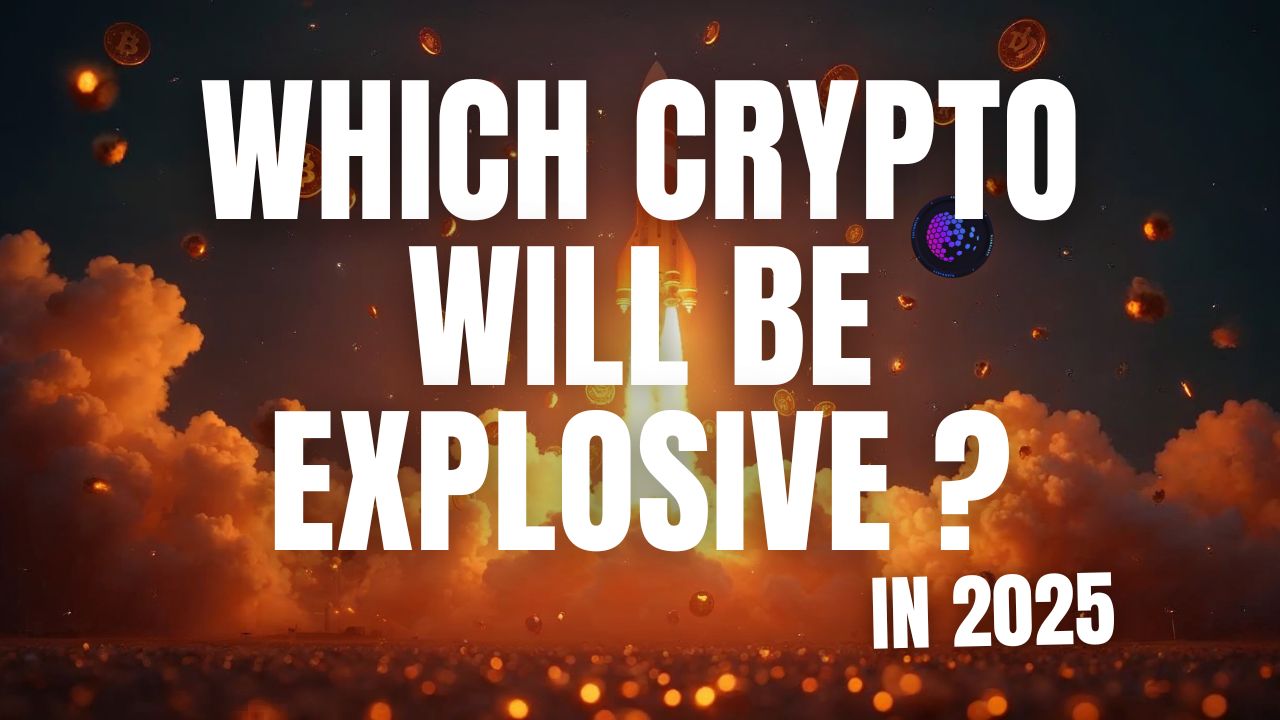
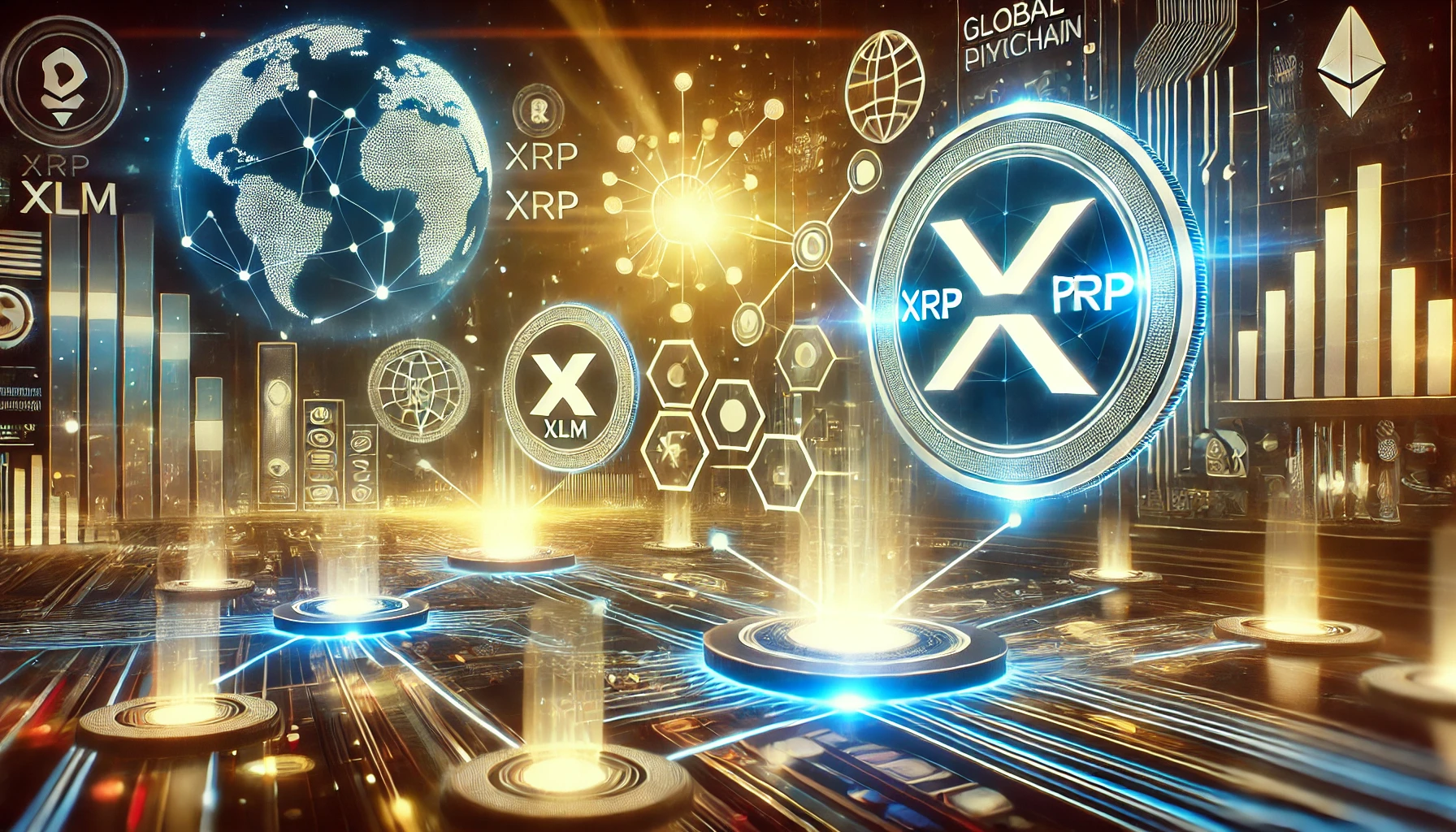
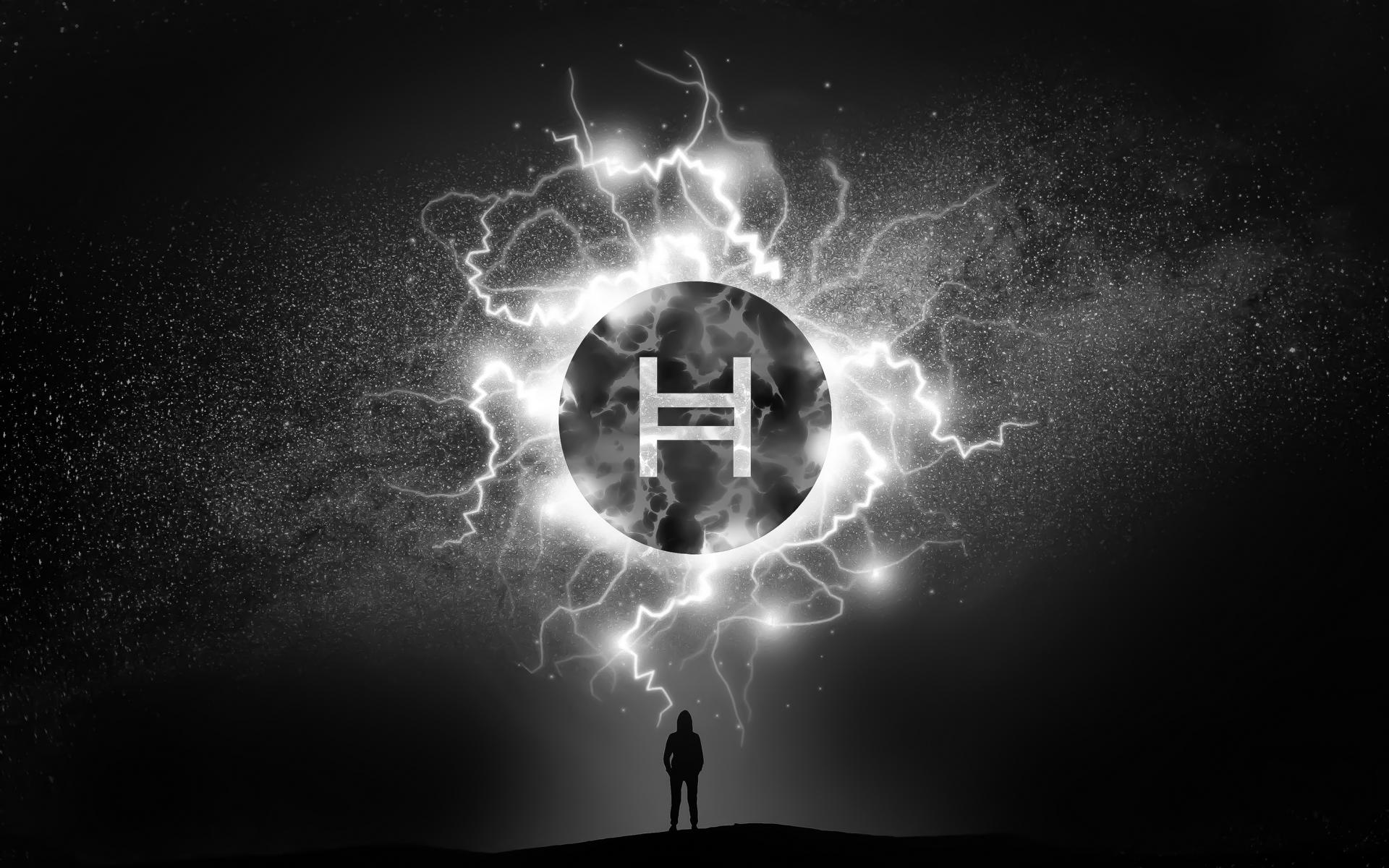
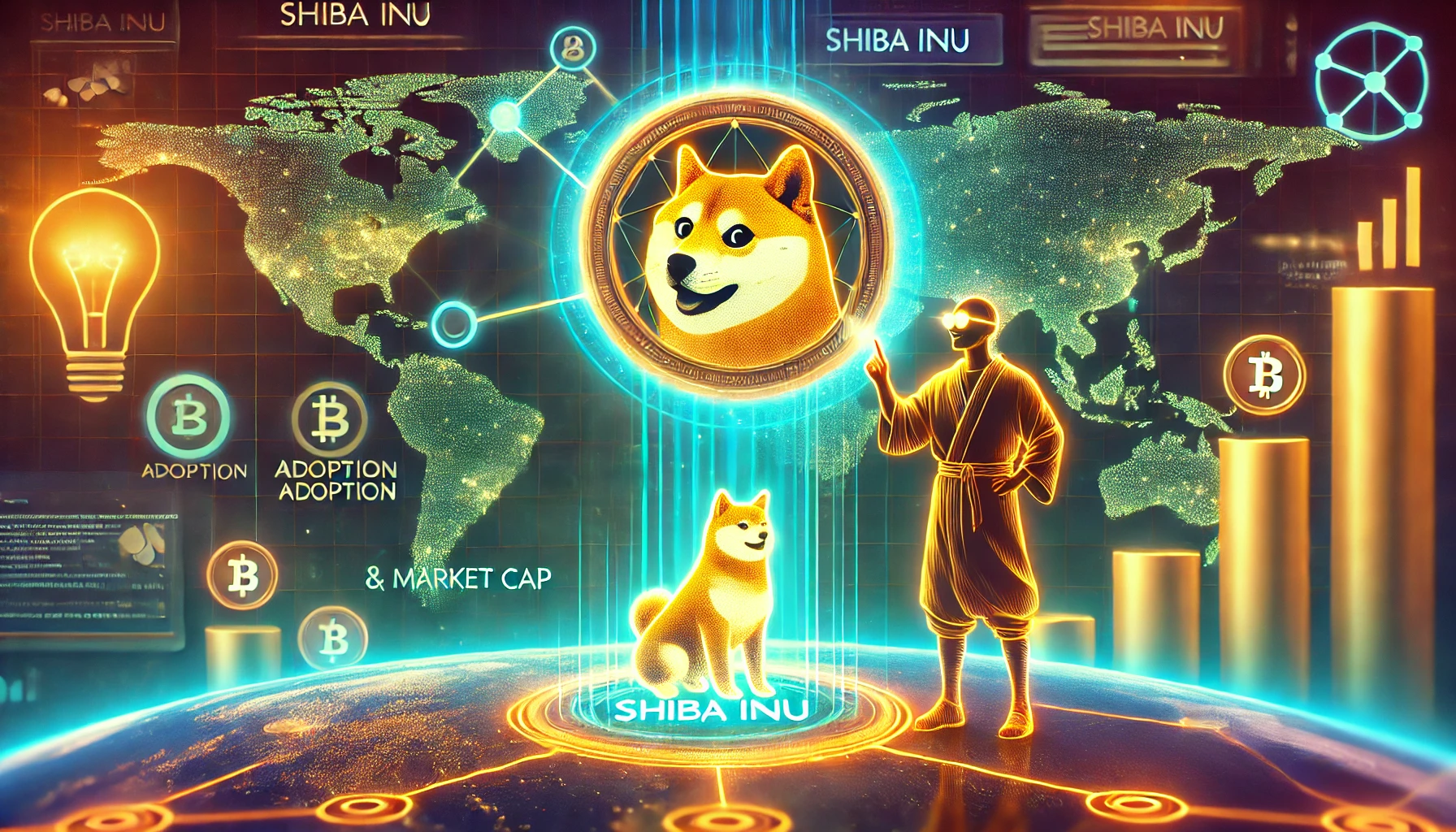
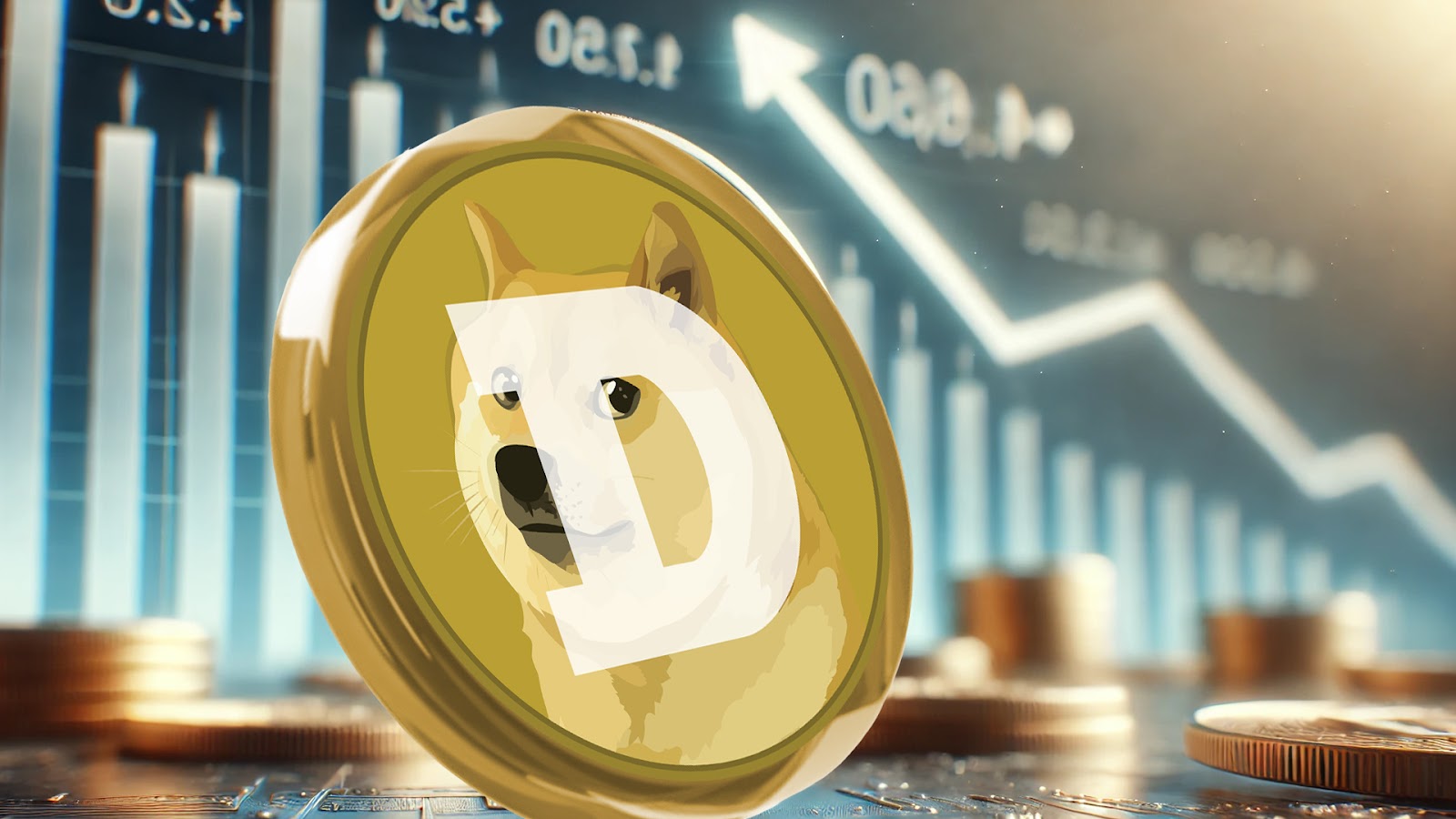

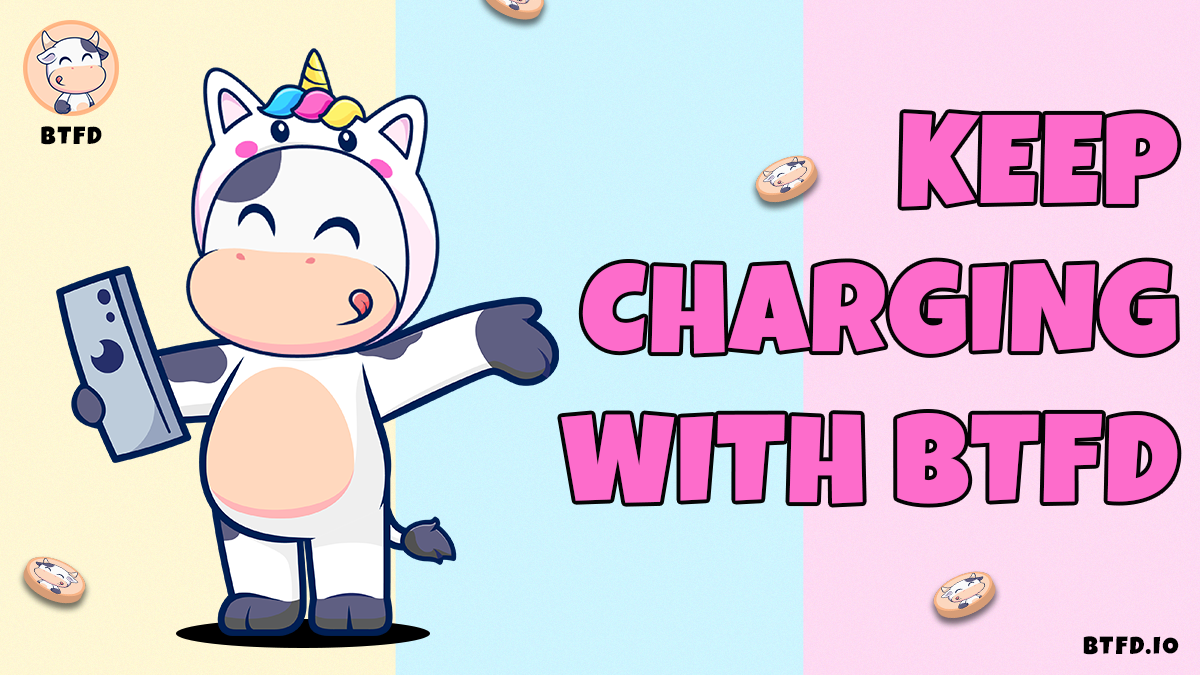
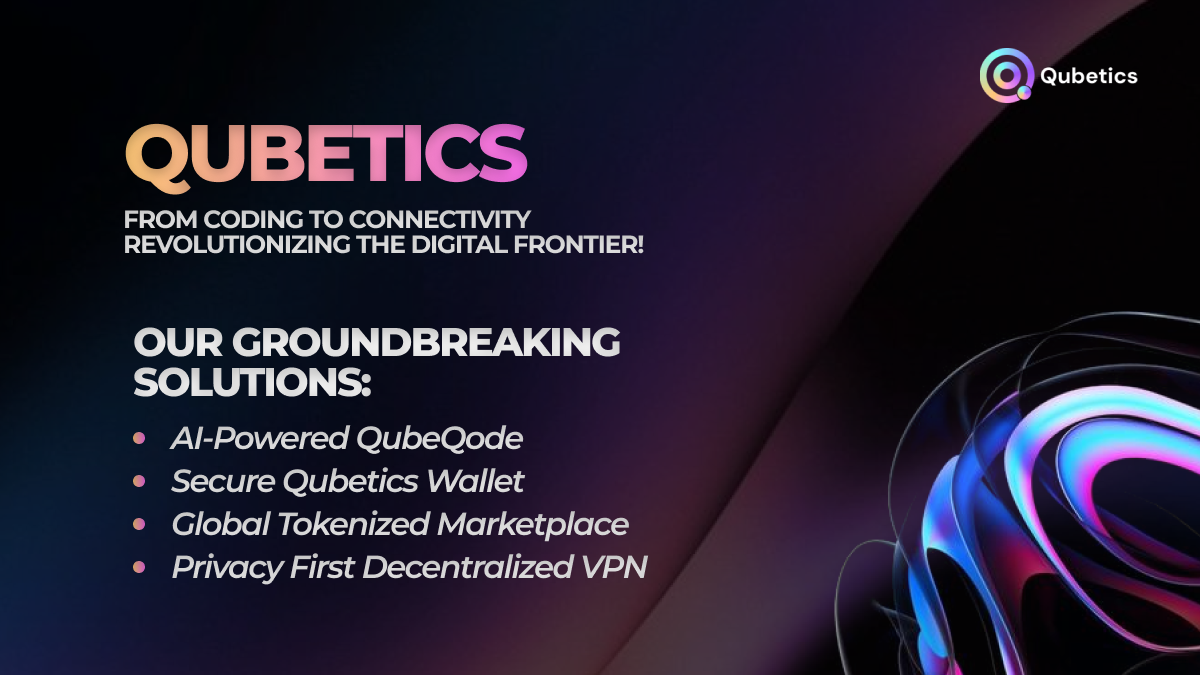
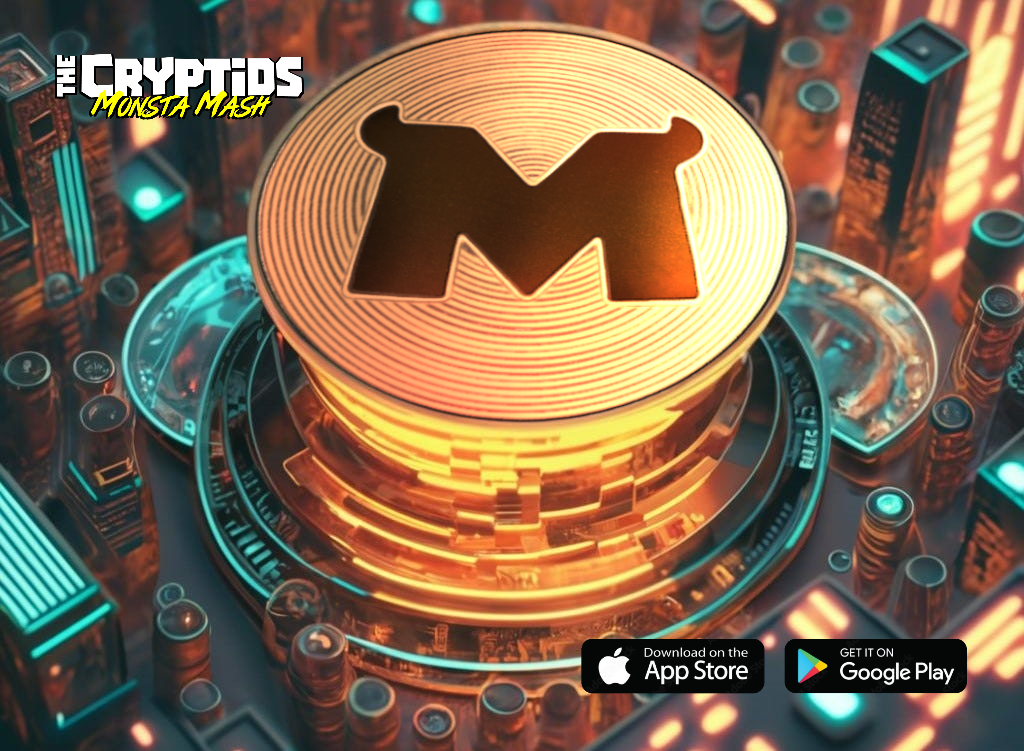

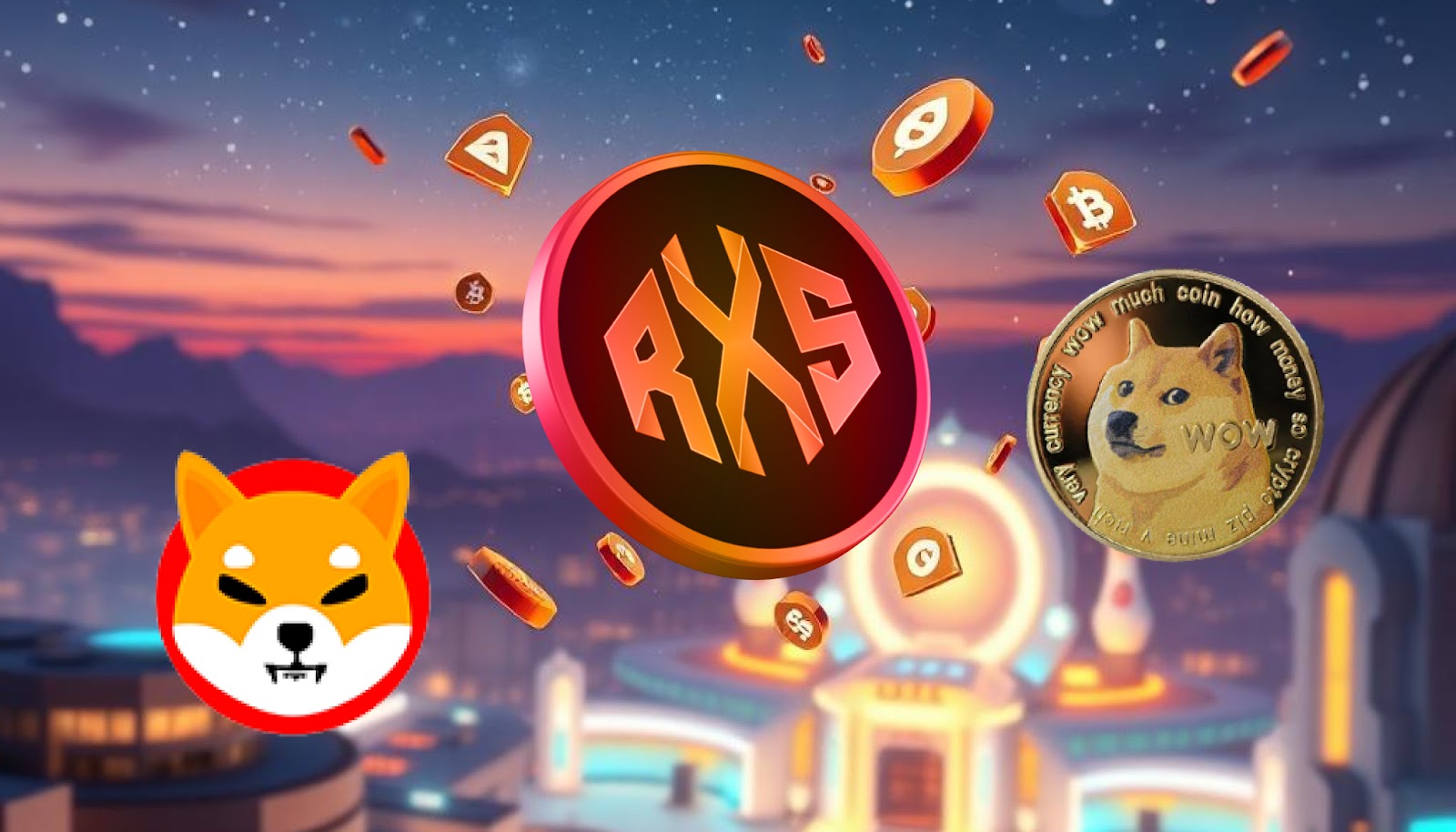
Leave a Reply